NetRefer’s Cultural Traveller – Olesya Takes Us to Russia’s Roads Less Travelled
Olesya Grech – our fourth Cultural Traveller – is an Account Manager at NetRefer, originally from the southern and warmer town of Astrakhan. She spent time in Spain before moving to Malta 17 years ago, which is now her home. At an early age, she developed a passion for foreign languages – especially English and Spanish – and this fueled her decision to travel and take up linguistics and language studies at university. Her friendly attitude and knack for languages help her daily in her client-facing job.
Olesya opens by saying that Russia is too huge to cover thoroughly and do justice to, and rightfully so. That said, she covers many interesting aspects, including food, beautiful scenery, culture and tradition, and more, for an account of Russia that balances its natural beauty with its man-made wonders. And with winter and the festive season being in full swing, we’re tempted to get on the plane and visit this majestic and expansive land that feels so close yet so far!
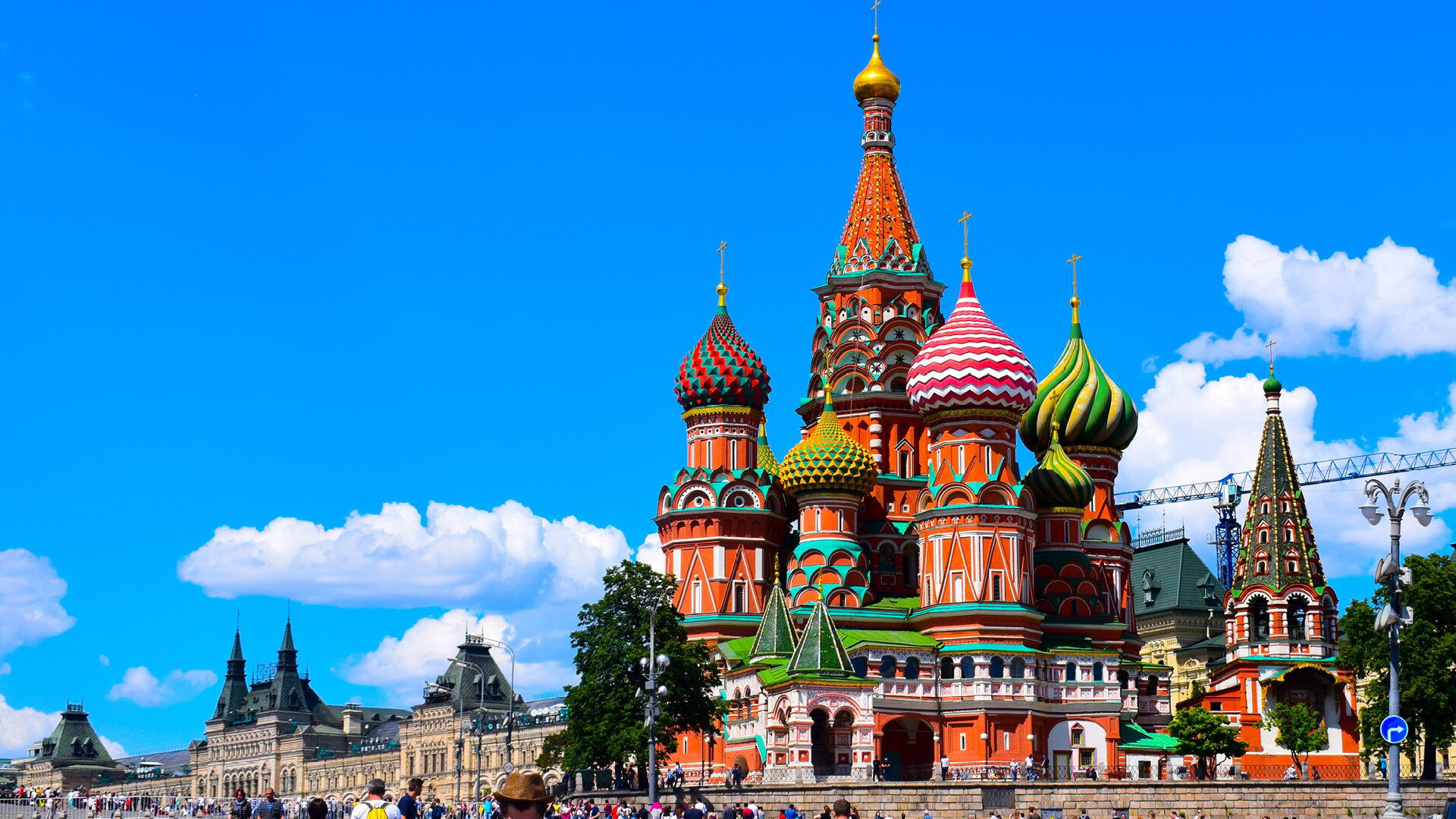
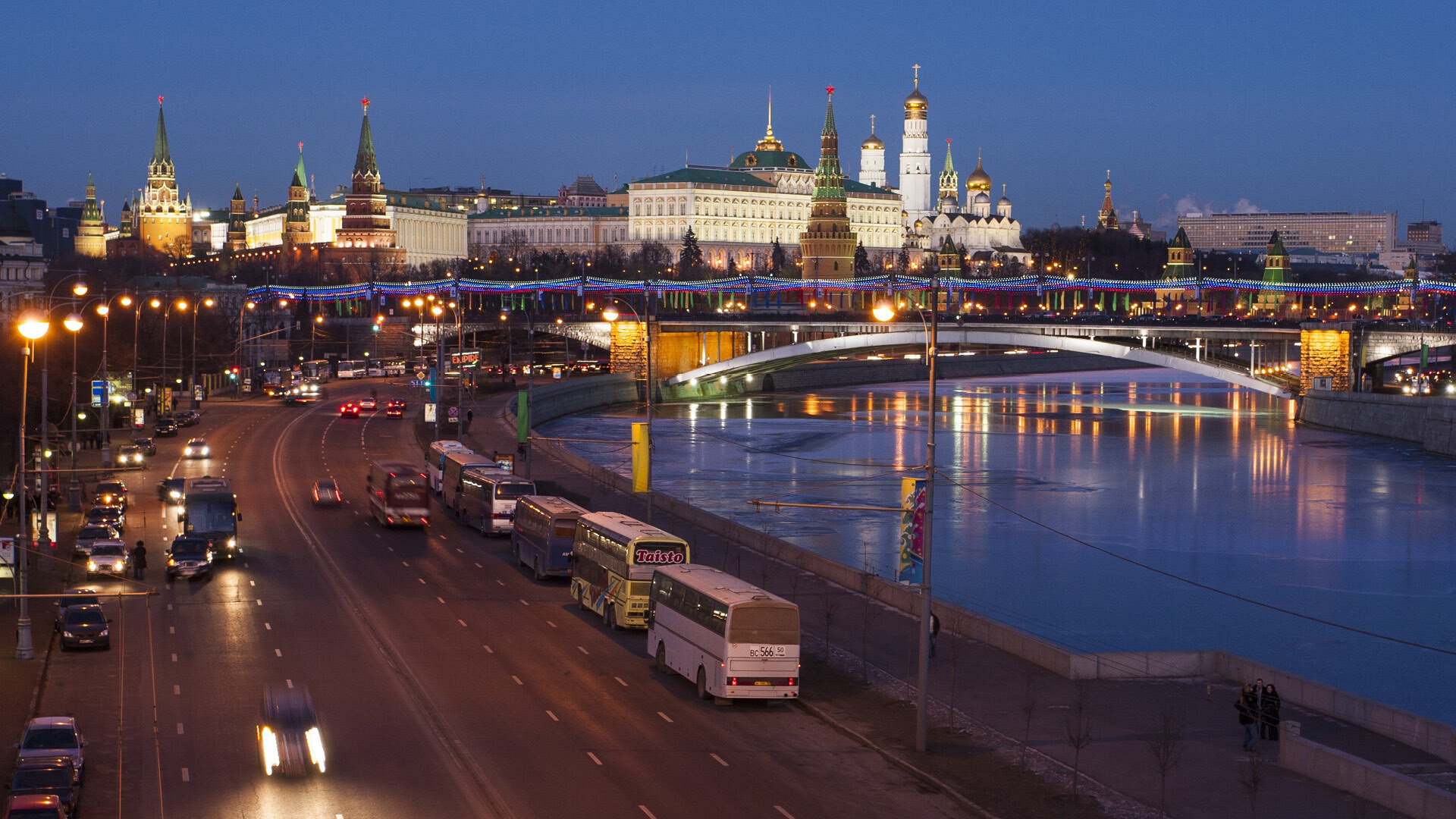
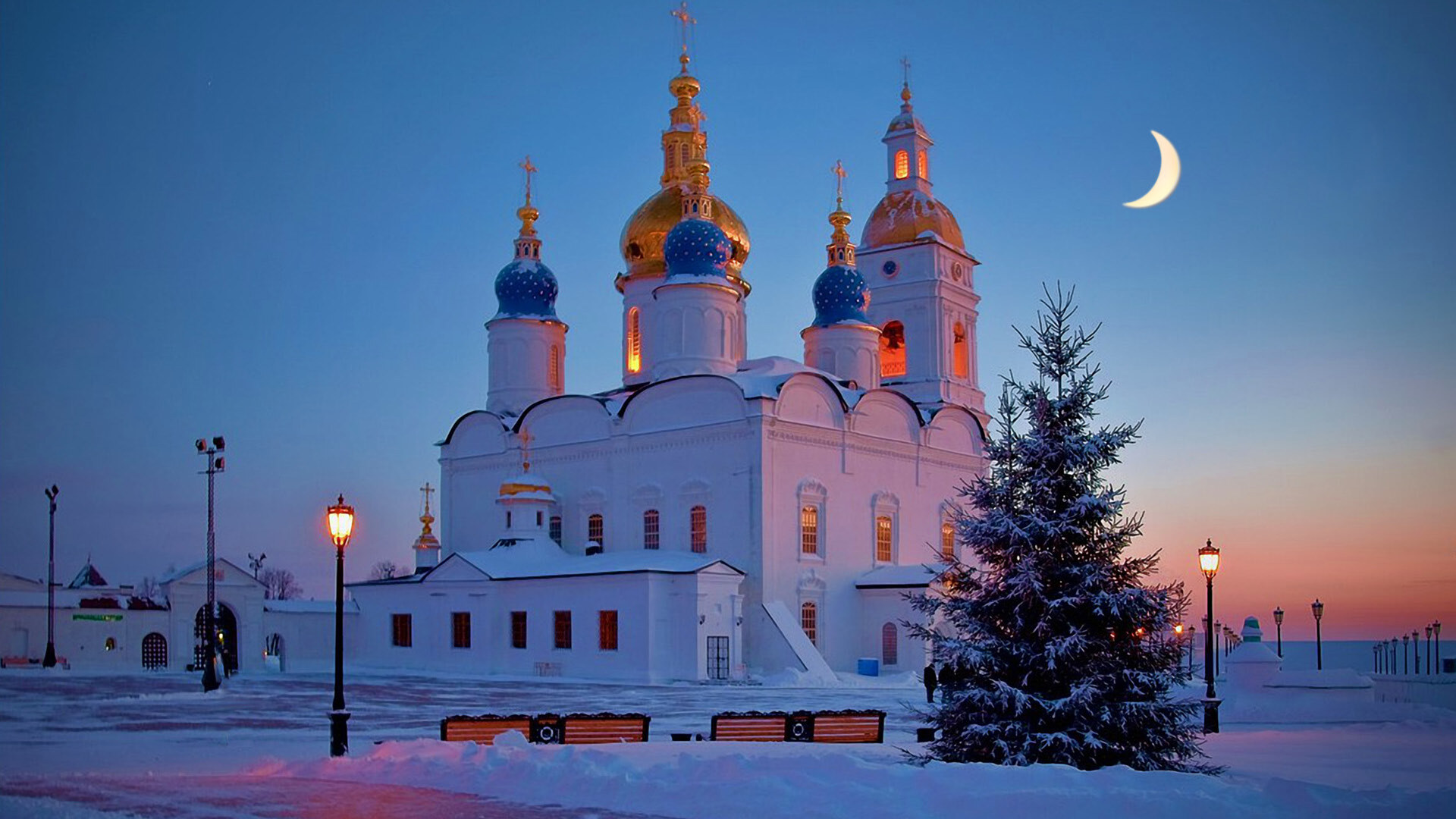
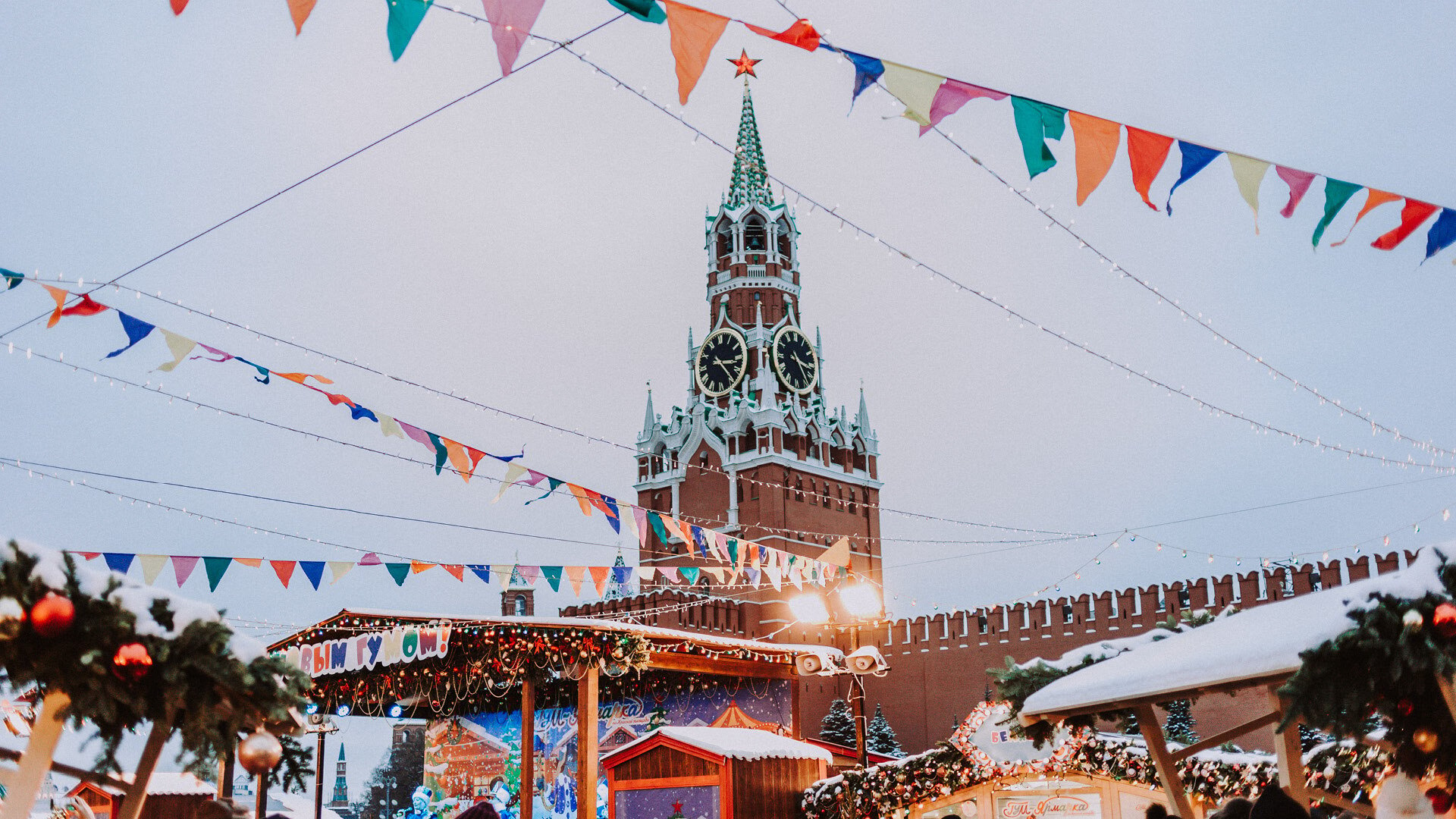
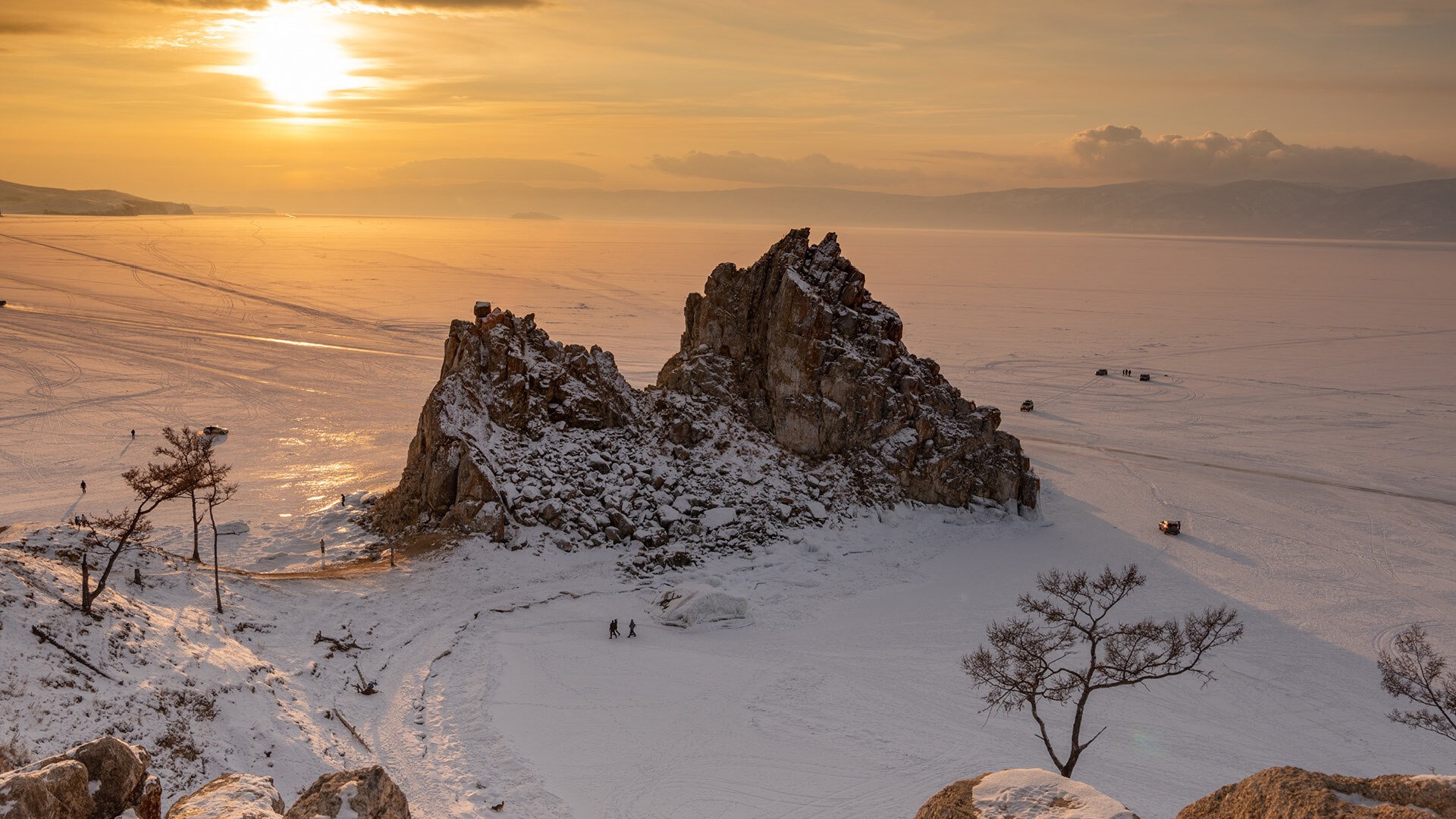
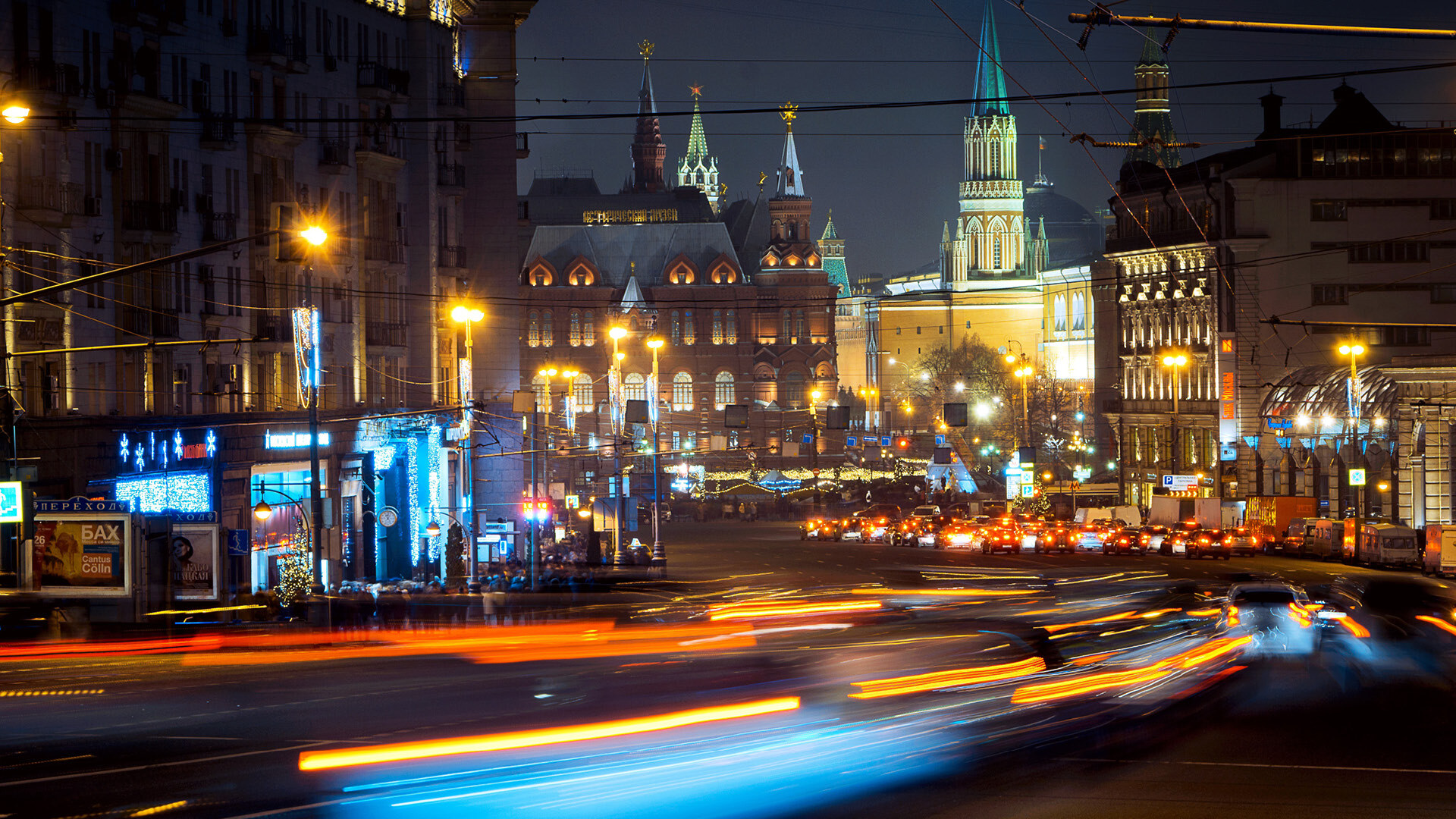
1. What are some features that make Russia unique among Eastern European countries?
Its sheer size. Russia is the world’s largest country, occupying one-tenth of all the Earth’s land. It spans across 11 time zones and two continents (Europe and Asia) and has shores on three oceans (the Atlantic, Pacific and Arctic Ocean).
2. What are staple historical sites any visitor should see in Russia? How about ones off the beaten track?
Russia has many historical and cultural landmarks. One of the must-visits is St. Basil Cathedral, which is located right in the heart of Moscow – the Red Square – and is famous for its outstanding architectural forms. Once you’re in the Red Square, you can’t miss The Moscow Kremlin – a majestic site dating back to the 14th century. There’s also the Moscow Metro which is one of the largest networks in the world as well as a museum. The long marble corridors, fascinating Soviet-themed frescoes and gilded sculptures are truly captivating.
Next one on the list should be the Winter Palace, located in Russia’s cultural capital, St. Petersburg. Today it is well-known for housing the Hermitage Museum, and as one of the most beautiful and popular architectural structures in the world. This, along with several other palaces, should be on any visitor’s list when in St. Petersburg.
Worth mentioning is Lake Baikal, the deepest and oldest lake on Earth. Lake Baikal holds around 20 percent of the world’s fresh water. Located in Siberia, the 25-million-year-old lake is surrounded by mountain ranges.
Among others, you’ll want to visit Mount Elbrus and go on the Trans-Siberian Railway which will take you 7 days to travel from Moscow to Vladivostok, Kizhi Island, which is the only place in Russia with a huge number of beautiful wooden churches built without a single nail.
One of the less known attractions is The Golden Ring tour. This is a chain of ancient towns lying to the north and east of Moscow. It is one of the oldest Russian routes. There are many interesting ancient Russian cities and towns along the way, full of history and unique Russian architecture of the XII-XVII centuries. The route starts from Moscow, and goes through Sergiev Posad, Suzdal, Vladimir, Novgorod, and St. Petersburg. The tour gives you the opportunity to see Russian architecture, old churches made of white stone, hear the bell ring, see the old fortifications, fortresses, beautiful monasteries, and learn more about Russia’s history.
Russia is a small taste of interesting destinations. Since Russia is so big, the list could go on.

3. Russia is famous for its vodka. Any particular spots you’d recommend for tasting it? How about vodka-tasting tours?
Well, Vodka stereotypically is perceived as a national symbol of Russia. Rather than spots, I’ll just recommend the vodka brands that are considered the best.
These are Beluga (they use the highest-quality alcohol and artesian water for it), Russian Standard, Baikal (they actually use water from Baikal for it), Mamont – real Siberian vodka.
In order to drink vodka the Russian way, one has to drink it neat, and then nibble on pickled cucumber straight after, or at least to eat something after (salty or fatty).
4. If you were an outdoors/trekking type of person, where would you go?
Russia’s natural landscape is very rich in terms of hiking trails and paths. Mount Elbrus, rising 5,500 metres above sea level is a favourite among trekkers. Another breathtaking destination is The Kamchatka Peninsula, with Kronotsky Nature Reserve, the Geyser Valley and the active volcano Karymsky being some of the highlights. There are also Mount Iremel and Taganai in Southern Ural as well as the Khibiny Mountains located 150 kilometres north of the Polar Circle, not to mention many more paths in the Siberian taiga.

5. If you want to go on an art/cultural tour, what are some good spots to visit?
The Bolshoi Theater in Moscow is your first destination. It is one of the most well-known opera and ballet companies worldwide. Next up is Mariinsky Theater in St. Petersburg. The resident ballet troupe is recognized as the best in Russia. Alexandrinski Theater in St. Petersburg is the oldest Russian drama theater. The list of iconic Moscow and St. Petersburg’s theatres and museums goes on.
6. Is there a good public transport infrastructure? What is the best way to get around town?
Transport infrastructure is very well developed in Russia, making travelling by airplane, train or even bus between cities and towns easy. Metropolitan cities such as Moscow and St. Petersburg make use of bus routes, metro lines, and tramways.
Smaller cities tend to use “marshrutka” – routed taxicabs. Despite the name, a marshrutka in Russia is usually a large van or minibus that shares some similarities to other forms of public transportation – so it’s a shared form of transport. Alternatively, you can always go for conventional taxis, which are also widespread in Russian cities.

7. What are some must-try dishes for foodies? How about for someone who’s a sweet tooth.
Russia has plenty of delicious traditional dishes to try. A must-try is Borsch. It’s beetroot soup full of meat and sautéed vegetables, including cabbage, carrots, onions, and potatoes. It can be served hot or cold, and is best served with a touch of fresh sour cream on top.
Next one on the list is blini. It is a wheat pancake rolled with a variety of fillings: jam, cheese, sour cream, caviar, onions, or even chocolate syrup. Blini are such an important part of Russian cuisine that during a festival called Maslenitsa, celebrating the beginning of spring, everyone fries blini.
I would also recommend Pelmeni. They are pastry dumplings filled with minced meat and wrapped in a thin, pasta-like dough.
For dessert I would absolutely recommend Syrniki. It’s a popular Russian dessert consisting of a fried type of cottage cheese pancakes that are usually garnished with honey, fruit jam, sour cream, or applesauce.
Another must try are Ptichye Moloko – a decadent cake famous for its reversed cake-to-filling ratio: the thick, but exceptionally light, almost soufflé-like layers of silky custard are separated by thin, fluffy, and moist layers of sponge cake, while the whole confection is topped with a rich chocolate ganache glaze.
8. Is it acceptable to haggle or is it considered rude?
You’re expected to haggle at markets, but in shops of course not.

9. What kind of nightlife can visitors enjoy? Any locales you’d recommend for that?
Nightlife in Russia is very much the same as almost everywhere else. In Russia, you’ll find many night clubs, bars, restaurants etc. Russia is home to some of the best night spots, and they typically serve local vodka, freshly brewed beer, delicious food, and much more. Live music is also a big thing in general.
While in Moscow, you should go to one of the oldest nightclubs of the city – Propaganda – which has been around since the 90s. In St. Petersburg, Griboedov is the most well-known club, showcasing the rich history of Russia. It hosts exhibitions, gigs, DJ appearances, music gatherings, and concerts.
10. What are some customs/manners/Russian expressions one should know when visiting?
It’s important to remove both your coat and your shoes when entering someone’s home. Your host may even have slippers for you to wear while you are there.
If one wants to give flowers to someone, they need to make sure that they are an odd number, as even numbers are associated with burials.
When entering church, women should cover their head and shoulders.

11. What activities do you recommend for people travelling with kids?
There are a lot of attractions for kids in Russia such as theatres, zoos, attraction parks, etc. Here are some worth mentioning: Sochi Park (the park features some of the tallest and fastest roller coasters in Russia); Divo Ostrov in St. Petersburg, which features family attractions as well as extreme rides; Moskvarium ‒ The Largest Oceanarium in Moscow; Ice-Skating at VDNKh (Moscow), and many more.
12. How easy is it to make friends with the locals?
It might seem that Russians are not very friendly at first, but in reality we are very social and open to new friendships. We like good company and people with sense of humour. One of the easiest ways to make friends is at parties.

13. What are the best seasons to visit Russia? And does it change a lot from one season to another?
Climate in Russia varies from region to region. It’s stereotypically considered to be very cold. However, we have regions with mild climate, such as the south of Russia, with places like Sochi, Astrakhan (my native town), Volgograd, Krasnodar, and Yevpatoriya.
It’s difficult to recommend the best season. It all depends on what you want to do while there. Winter across most of Russia is certainly cold but also tremendously beautiful – it’s an experience in itself.
In general, seasons in Russia are very well distinguished: Winter is very cold and snowy, spring is very green and mild, summer is quite warm (except for far northern regions) and autumn’s colours make it very beautiful, when most trees become yellow or red.
14. How safe are the cities in Russia? And are there any specific areas to look for hotels and ones to avoid?
It’s relatively quite safe. I would avoid very cheap hotels and I’d suggest to stay in the city centre (regardless of which city it is). Also, always use official taxi.

15. What are the most popular types of winter sports? What are the best places to do this?
Russia’s nature, climate and landscapes are perfect for practicing winter sports. Some of the most popular sports include ice hockey, biathlon, skiing races, ice skating.
For ice hockey lovers, the Ice Dome in St. Petersburg, with its vibrant atmosphere, and the CSKA Arena (formerly known as VTB Ice Palace), are the top choices in Moscow.
If skiing is more your kind of thing, Russian ski resorts have everything a hobbyist or professional could wish for. Check out Dombay ski resort in Russia’s North Caucasus and Rosa Khutor in the Krasnodar region in the Western Caucasus Mountains. They offer truly spectacular views from their slopes and make for all-round memorable skiing experiences for the whole family.
16. What are some less mainstream souvenirs travelers should look for?
I would suggest red caviar which is made from the roe of salmonid fishes. Russians mostly eat it on white bread with butter, but a very tasty alternative is blini with caviar.
If you’re more into handmade souvenirs, look for Khokhloma (striking red and yellow nature motifs painted onto wooden utensils and sculptures), Gzhel ceramics, Baltic amber jewelry, and Zhostovo painting (handcrafted metal trays with vibrant flowers, animals and fruits).

17. Where can tourists go for shopping? And what kind of things can they shop for?
You must visit GUM! GUM, in Moscow, is the most famous shopping mall in Russia. Located in Red Square, it’s a spectacular architectural monument. Apart from finding the finest luxury stores in the city, you’ll find reasonably priced restaurants offering Russian food, supermarkets, a pharmacy, souvenir shops and ATMs.
Russia has plenty of Markets too. Izmailovo Market, Arbat Street, Okhotny Ryad, Gorbushka Market are all in Moscow. In St. Petersburg, you’ll find Nevsky Prospekt on the main shopping street, with many boutiques, department stores and bookstores housed in stately neoclassical buildings.
18. What are some festivals or concerts to look out for? How about local feasts?
One of the biggest celebrations is New Year. At that time, there are many festive events around cities with majestic fireworks.
Then, famous festivals in Russia include the Maslenitsa Festival (in ode to the end of winter and the beginning of spring), the Reindeer Herder’s Festival (an iconic winter Russian festival featuring reindeer races and skiing), the Moscow Golden Mask Festival (which pays homage to Russian theatre and drama), Victory Day (parade in Red Square) etc.
19. What extreme sports can you try in Russia?
Russia is one of the most exciting places in the world to enjoy extreme sports. Snowboarding and skiing are by far two of the most popular sports in the country, followed by rope jumping. Russia-wide, there are more than 50 teams that organize rope jumps.
For those who are not faint of heart, ice diving is a great choice. Visitors who’ve attempted this say it’s the most extreme yet beautiful sport they have ever experienced. On a same watery note, there are many places to enjoy river rafting. one of the best spots for this sport is Karelia.
Jeep tours in Russia may either be extreme or comparatively easy, depending on the level you opt for. There is a variety of Jeep Tours in Russia that are usually organized from the end of spring till the middle of fall, although there are usually special winter tours as well.
Join the colourful, diverse team that is NetRefer. Meet other Cultural Travellers, share your experiences and make many more memorable ones. You belong here!
